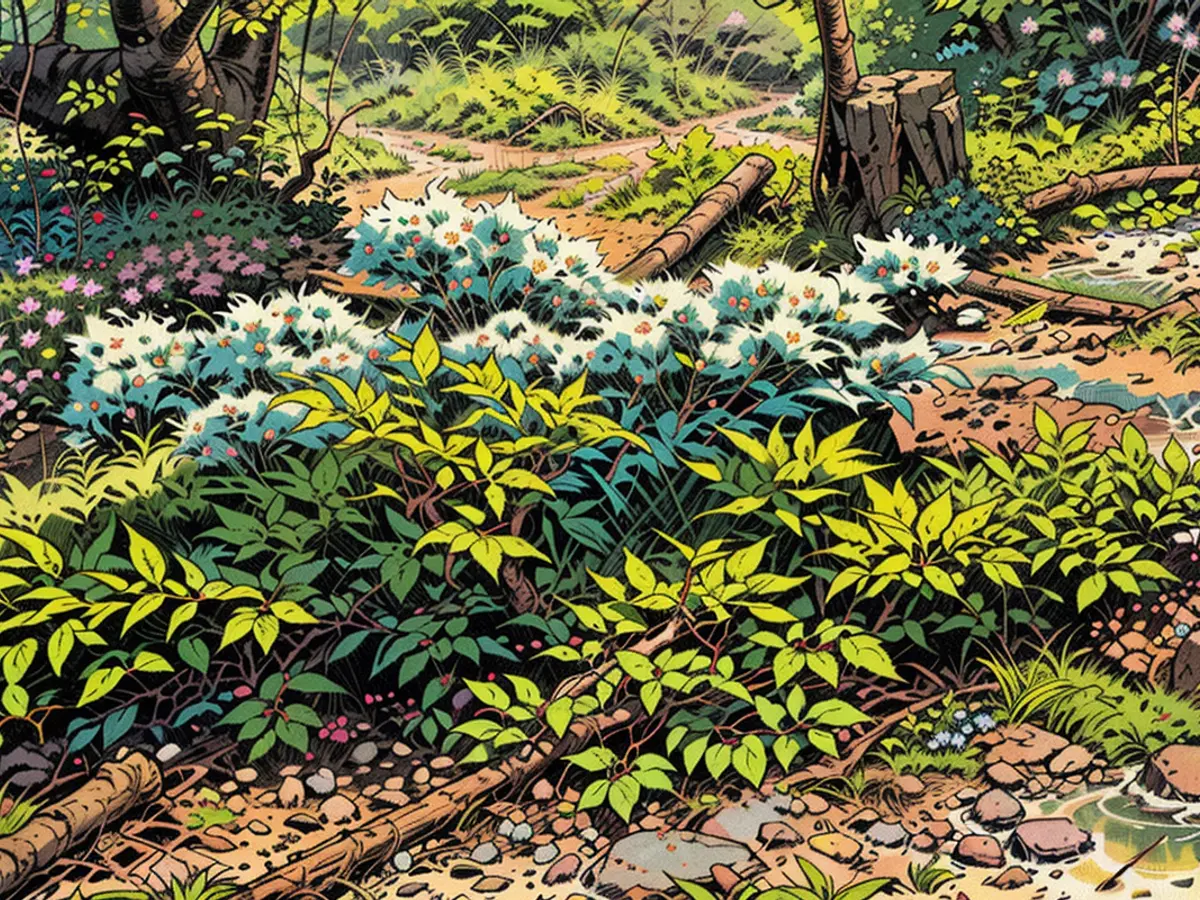Intrusive biological agents - Cherry laurel spreads abundantly in the woods.
The cherry laurel, a commonly used and debated garden plant, has been found to be invasive in forests in this country. According to a recent study led by Stefan Abrahamczyk from the Natural History Museum in Stuttgart, this Asian Minor native has the ability to spread rapidly and significantly alter forest structures and species. Climate change will most likely intensify this effect.
A ban on the sale of cherry laurel and other invasive species has recently been implemented in Switzerland. This regulation took effect in September and aims to prevent the spread of these plants in the environment and the resulting damage.
Previously, little information was available regarding the spread of the fast-growing cherry laurel (Prunus laurocerasus) within Germany. Researchers studied the prevalence, height, area, age structure, and reproductive capacity of the popular hedge plant in the Kottenforst, a large forest area close to Bonn.
Abrahamczyk reported that some of the plants were already quite large and old, with the oldest ones, approximately 30 years old, covering an area of 50 square meters. However, most plants were significantly younger and smaller. The researchers suspected that the increased winter temperatures over the past two decades may have contributed to its rapid establishment.
The researchers noted significant flower and fruit development, with some cherry laurels surrounded by a ring of younger plants. "These findings show that the cherry laurel can reproduce independently in the forest and provides justification for classifying it as an established neophyte," said Abrahamczyk. Since the cherry laurel competes with other understory plants, it can have a major impact on forest ecosystems.
In the Kottenforst region, no other understory plants were observed in the densely populated areas, as the spreading growth form and dense, evergreen foliage of the cherry laurel seemed to drive out other plant species. Similar observations have been made in other parts of western Germany, suggesting that the cherry laurel could also be categorized as invasive in Germany - a decision that will be made by the Federal Agency for Nature Conservation (BfN).
For native insects, the cherry laurel is generally unappealing due to its toxicity. While bees, bumblebees, and butterflies may derive some nectar from its flowers, they offer only moderate benefits. Moreover, large plant-eating animals tend to avoid the plant because of its toxins.
Read also:
- Despite being popular in gardens across Germany, particularly in Baden-Württemberg and North Rhine-Westphalia, the cherry laurel's impact on the environment and native plant species has become a topic of concern in leisure time activities related to nature and hobbies.
- The ability of cherry laurel to thrive in various climates, including those in Switzerland and Germany, has made it a common sight in gardens and parks, contributing to its status as a popular hobby plant.
- The invasive nature of cherry laurel has prompted scientific research into its impact on forest ecosystems in Germany, with results showing significant alterations in forest structures and species in areas such as Stuttgart.
- In addition to its impact on native plant species, the cherry laurel has been found to negatively affect insect populations in Germany, with few insects being attracted to its toxic leaves and flowers.
- To combat the spread of invasive species like the cherry laurel, environmental organizations have advocated for greater awareness and education in leisure time activities, such as gardening and horticulture clubs, to promote the use of native plants and prevent the accidental introduction of invasive species.
- In the context of climate change, the spread of invasive species like the cherry laurel has become a growing concern, with experts warning of the potential for more species to become invasive in the future, threatening biodiversity and ecosystems in Germany and beyond.
- As the debate surrounding invasive species continues, the role of hobbyists and gardeners in promoting sustainable practices and supporting native plant species becomes increasingly important in protecting and preserving Germany's natural heritage into the future.








